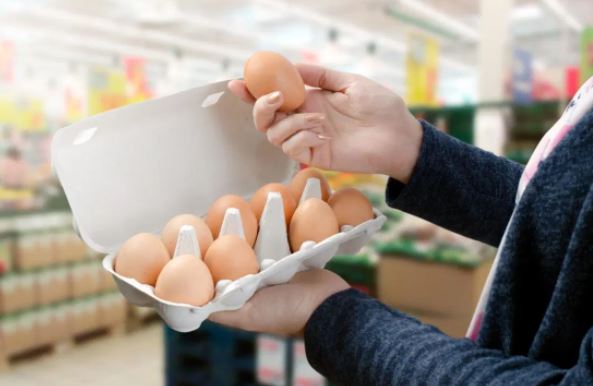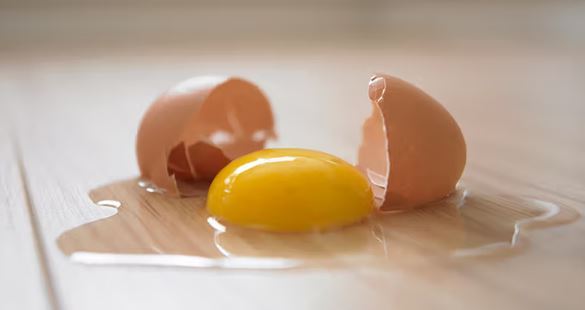Lifestyle
4 simple ways to tell if an egg is good or bad

Eggs are nutrient-dense food and a great source of protein, vitamin D and selenium, along with other essential vitamins and minerals like vitamin B2, folate, phosphorus and calcium.
Egg consumption is associated with many health benefits such as weight management, lower risk of degenerative diseases, improved bone health and a good immune system.
According to the CDC, though the inside of the eggs may appear to look normal, they may contain germs such as Salmonella that can make one sick when consumed raw or lightly cooked.
Also, despite properly storing the eggs with a decent shelf life, they can spoil before the expiry date.
In this article, we will discuss how to identify rotten eggs. Take a look
1. Checking the expiration date
It includes checking the expiration date of the carton of eggs before buying. This will give you an estimation of how long you can store them before they go bad. However, cartons with expiry dates are sold only in some parts of big cities and in most of the grocery shops, they are sold openly. Remember that refrigerated eggs can stay good for around 30-45 days while unrefrigerated eggs for around a week.
2. Float test
This is one of the easiest ways to identify whether the egg is fresh or not. To carry out the test, take a glass or bowl of cold water and put eggs in it. If the eggs float on the top, they have gone bad and must be discarded. If they sink to the button and lay flat on one side, they are fresh while if they sink and stand on one side, they are not fresh but are good to be consumed.
3. Visual and smell test
The visual and smell test can also say a lot about good or rotten eggs. If the shell of the eggs is cracked, powdery or slimy, it may indicate signs of rottenness. Also, if the colour of the albumin is pink, green, blue or black, instead of pure white, it must be discarded. Though smelling the eggs with the shell may not help identify their rottenness, after cracking them, if they smell pungent with a foul odour, they must be thrown out.
4. Candle your egg
This is done industrially using specialized equipment to ensure the proper grading of table eggs before they are packaged. But it can also be done on your eggs at home, if you’re willing to learn.
You’ll need a dark room and a small, bright source of light. In the past, candles were used, hence the name “candling.” Yet it is probably more effective to use a small flashlight or reading light instead.
Hold the light source up to the large end of the egg. Then, tilt the egg and turn it quickly from left to right. If done correctly, the contents of the egg should be illuminated.
Note: Sometimes, even the eggs that float on water are good to be consumed. It is better to crack them open and then perform the visual and smell test to find out whether they should be consumed or discarded. Also, the best way to consume eggs is to cook them thoroughly until their yolks are firm.










